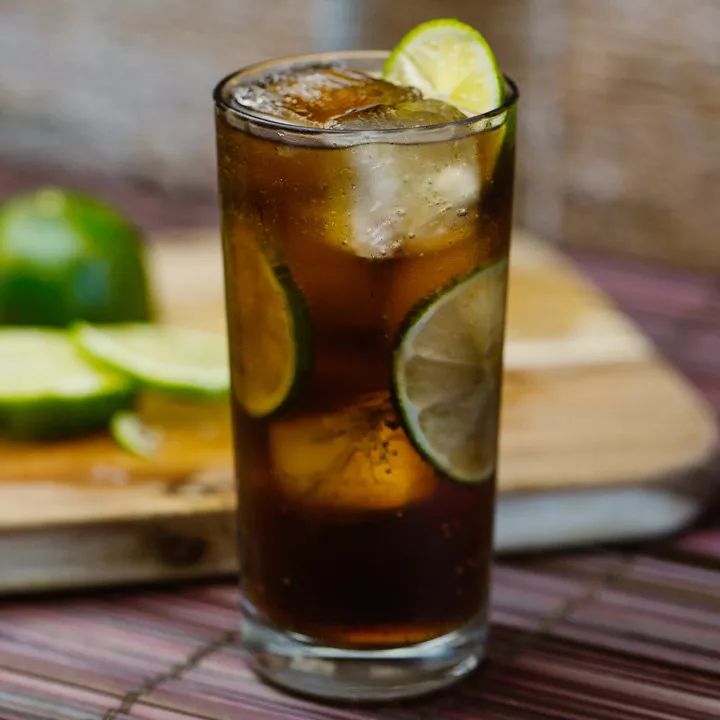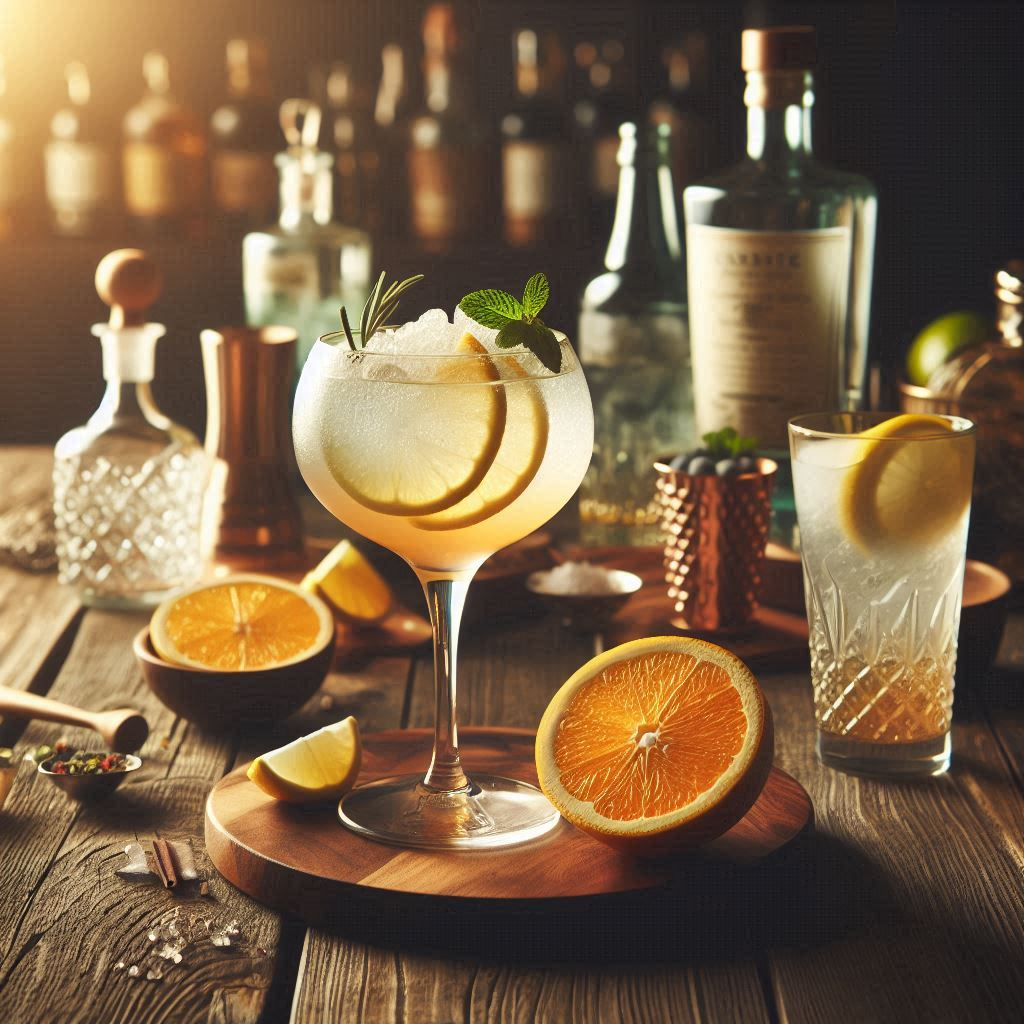Mixology is an art form that combines flavors, techniques, and creativity to craft beverages that delight the senses. At the heart of this art are the basic cocktail templates—time-tested structures that form the blueprint for countless variations. For those embarking on the journey of cocktail creation, these templates are invaluable tools. They teach the fundamental principles of balance, proportion, and flavor harmony, which are essential for any aspiring bartender.
Why Basic Templates Are Essential
Simplicity and Versatility: The basic templates are simple enough for beginners to master yet versatile enough to allow for endless creativity. They provide a clear starting point for understanding how different ingredients interact and balance each other.
Consistency: By learning these templates, bartenders can ensure consistency in their drinks, which is crucial for building a reputation for quality and reliability.
Customization: Once the templates are understood, they can be customized with different spirits, mixers, and garnishes to suit individual tastes or to create something entirely new.
The Basic Cocktail Templates
1. The Sour Template

The Sour is a template that balances sourness from citrus with the sweetness of syrup, anchored by the spirit of choice.
Classic Example: Whiskey Sour Variations: Margarita, Daiquiri
2. The Old Fashioned Template

This template is based on the concept of enhancing the spirit with a touch of sweetness, bitters, and water.
Classic Example: Old Fashioned Variations: Sazerac, Toronto
3. The Highball Template

A simple yet refreshing template that combines a spirit with a larger proportion of a non-alcoholic mixer.
Classic Example: Gin and Tonic Variations: Cuba Libre, Moscow Mule
4. The Martini Template

The Martini template is about the delicate balance between spirit and vermouth, creating a smooth and strong drink.
Classic Example: Martini Variations: Manhattan, Rob Roy
5. The Flip Template

This template includes a whole egg or egg white, adding a rich, creamy texture to the cocktail.
Classic Example: Pisco Sour Variations: Ramos Gin Fizz, Clover Club
6. The Collins Template

The Collins template is a variation of the sour, featuring a spirit, citrus, sweetener, and soda water for a fizzy lift.
Classic Example: Tom Collins Variations: John Collins, Vodka Collins
Building on the Basics
With these templates, the world of cocktails opens up. Want a fruity drink? Start with the Sour template and add fruit purees. Looking for something herbal? Infuse your spirit with herbs before following the Old Fashioned template. The possibilities are only limited by your imagination. Here’s how to use them as stepping stones:
- Fruity Twists: Muddle berries, pineapple, or other fruits into your sour template for a vibrant twist.
- Spicy Delights: Add a kick to your highball with muddled jalapeno or a dash of hot sauce.
- Herbal Infusions: Experiment with flavored bitters or syrups to elevate your Old Fashioned game.
By mastering these templates, you’ll not only learn how to make classic cocktails but also gain the confidence to experiment and invent your own concoctions. Whether you’re a home bartender or a professional, these templates are the building blocks for a vast universe of mixological delights.